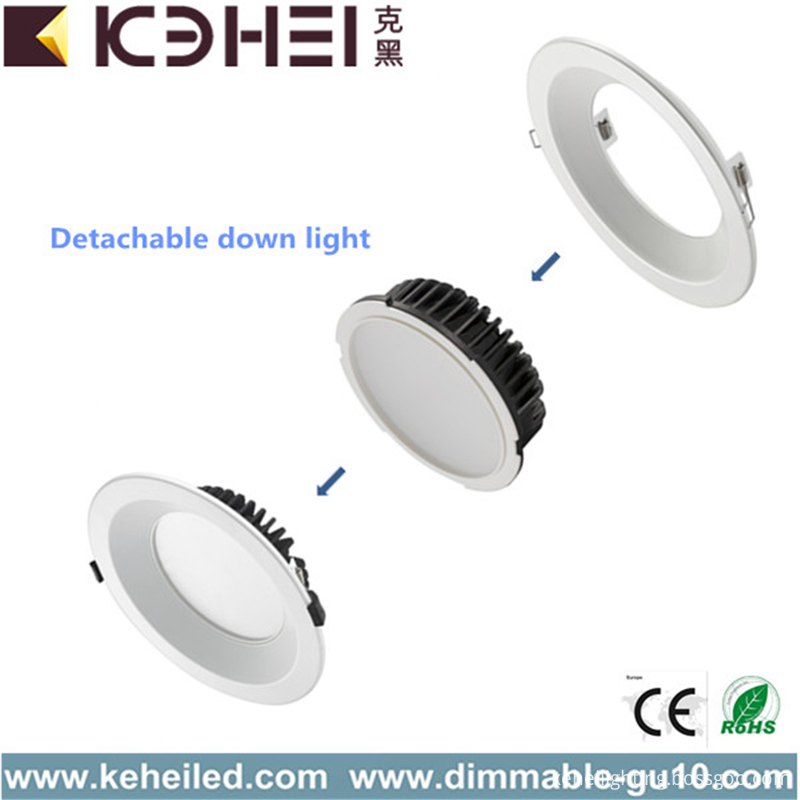The “smart home†issue continues to ferment, but what is the true meaning of smart home for family safety? For many years, consumers have relied on traditional security monitoring and alarm service companies to provide home security anti-theft systems. This integrated, independent operating model has formed an industry chain dominated by monitoring equipment and operational service providers for many years. However, in 2007, Apple released its first iPhone, followed by the first Android version of the phone in 2008. These devices with multi-touch interfaces changed the way users interact with other devices, and the phone began to enter as an intelligent control center. People's life circle.

By 2014, the alarm industry began to change dramatically. As smartphones have become more globally deployed, alarm vendors are beginning to offer users the ability to interact with their home devices. When the user forgets to lock the door or close the garage, it can be remotely controlled by the smartphone.
For example, a US-based door lock manufacturer PDQ Manufacturing and a smartphone access control system and Bluetooth reader supplier ECKey have jointly launched a separate electronic door lock VIZpin-enabled. The company claims that VIZpin-enabled is the first offline door lock that can remotely transmit, undo and monitor VIZpin electronic locks via smartphone's app or SMS via ECKey's Security-as-a-Service (SaaS). This mode of use allows users to eliminate the cost and administrative overhead of traditional card/reader and keyboard-type systems. What's more, because remote management is possible without the need for panels or complex IT networks, installation costs can be eliminated by up to 75%.
These new features from the technology of the IT industry have disrupted the traditional home burglar alarm system market. On the one hand, the new technology has injected more vitality, but on the other hand, it has brought more new Into the competition, the competition is more intense. And for all the players who join the competition, the real question worth thinking about is: What is the real user base before changing the product options?
“Using smartphones as a basis for reliable access is a future trend,†said Bob, vice president of sales and marketing at PDQ.
Obviously, “intelligence†is currently the focus of most suppliers in the field of home security/home automation. Only by injecting intelligent genes into products can there be opportunities to break into the smart home market. For the current smart home market with a wide variety of business models, IHS senior security and construction technology analyst Blake Kozak defines smart home products as three types: “point securityâ€, “connection security†and “smart securityâ€.
“Point security†means that the device is not interconnected with other devices, each device has its own application goals and can be independently automated. For example, many Z-Wave and Wi-Fi garage door modules today are a separate part of the overall solution. In addition, integrated devices such as Piper are positioned as point-safe products despite the ability to integrate more hardware features. The second type is "connection security" which is a traditional anti-theft alarm system. All of the system's devices are wired or wirelessly connected to a single panel, and automation is quite limited. The third is "smart security", which connects all devices through a central point and manages all devices with just one application.
As of now, "connection security" is still dominated by traditional security monitoring companies in the global market. However, the market has recently changed, and there are more and more intelligent security and point-safe DIY product suppliers in the US market, and the end user's demand for seamless integration of home equipment is also rising.
In the future, “point-safe†products may become the key to moving to “smart systems†because many independent security products are connected to each other via wireless protocols such as Wi-Fi, Bluetooth low energy, Zigbee or Z-wave. Together with a platform that manages all hardware devices, it can form an intelligent system in a home, store or any small application. The concept of open technology will also lead to a large number of non-security IT companies cut into the smart home market. But before this oversized cake, which is still not predictable by scale, manufacturers from the traditional security monitoring field must have a clear operating model in order to take a share in the future smart home market.
8 Inch LED Downlights is can be detachable in 2 parts. For 8 inch LED Downlights, we can do thw watt from 10W to 40W. 10W, 15W, 18W, 30W, 40W are the conventional product. 8 inch 30W are the popular one.
The 8 inch downlight use Samsung SMD5630 chips with Philips or Lifud driver. Use high quality PC cover, and adopts precision die-casting aluminum for the module, nice heat dissipation.
Dimmable function can also provide. White, black, silver corlor for option. High CRI >80Ra. High PF >0.95. 100lm/W.
For the 8 inch Led Downlights, it can also up to IP54 protection level. All the LED Downlights is CE RoHS approved. 8 inch LED downlights is easy to transport and install. 185-210mm hole size is suitable for 8 inch LED downlights.


8 Inch LED Downlights
8 Inch LED Downlights, 8 Inch Dimmable LED Downlights, Aluminum 8 Inch LED Downlights, LED Recessed Lighting Downlight
SHENZHEN KEHEI LIGHTING TECHNOLOGY CO.LTD , https://www.keheiled.com